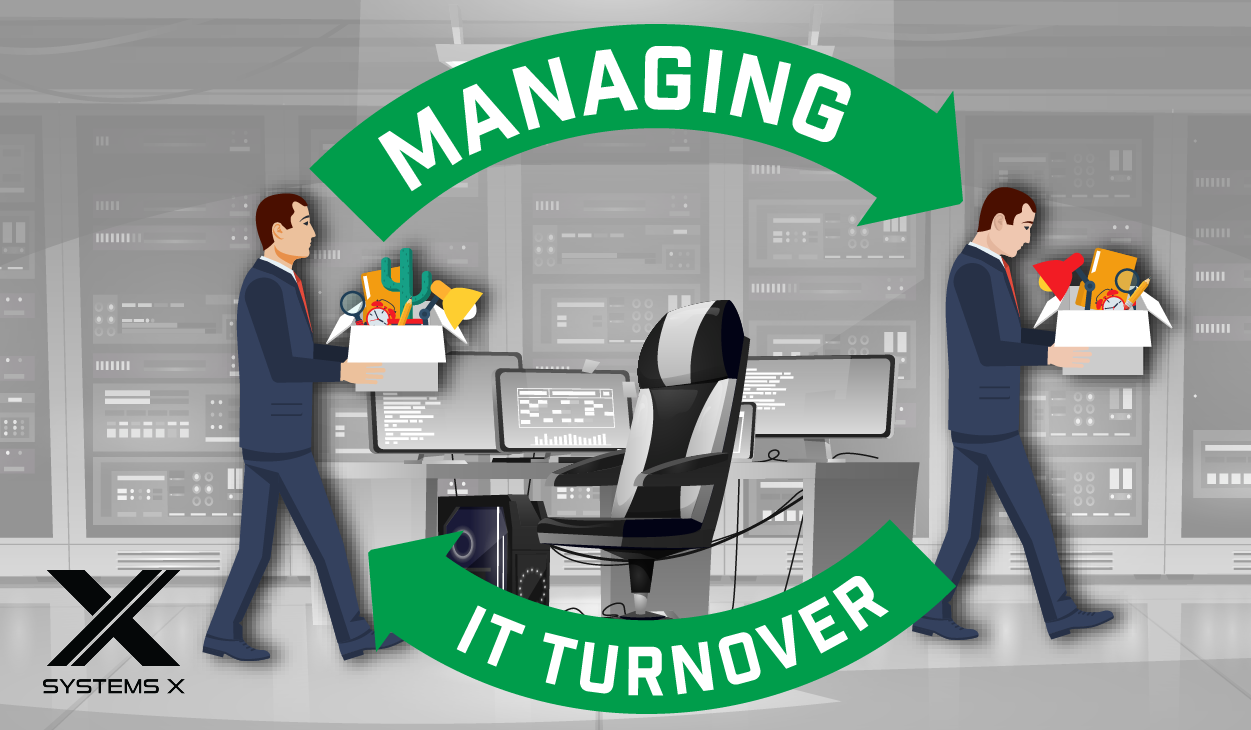The Top 5 Benefits of Investing in IT Management Services
IT management has become an integral part of many companies operating strategies. Modern organizations are incredibly reliant on IT to cover core...
5 min read
 Rubens Perdomo
:
Jan 12, 2021 1:15:00 PM
Rubens Perdomo
:
Jan 12, 2021 1:15:00 PM

IT tech support can be an invaluable resource for people who need help with technical issues—such as troubleshooting bugs in their favorite software, running security checks to find vulnerabilities, or setting up a new piece of hardware or software. This is especially true for employees in a company who may not all be as tech-savvy as an IT support analyst or technician who understands a given system inside out.
Many of the people who use technology on a daily basis have no real understanding of how that technology works. So, when something breaks or simply stops working like they expect it to, they have no idea what to do about it. In personal life, this is an inconvenience. In a business setting, it can bring productivity to a grinding halt.
With the shift towards a remote work environment, businesses of all sizes and industries have become more reliant on IT solutions than ever before. Thus, their employees need more IT support than before.
How can companies provide remote IT support on a budget? What do companies need from their IT support and services? Here’s a quick guide to IT technical support in a post-pandemic world to help you answer these questions.
One of the biggest challenges of providing IT support in a post-COVID remote work world is simply finding and recruiting qualified support staff in the first place. Although COVID has harshly affected the employment rate—catapulting it from a low of 3.5% in February 2020 to 14.7% in April of 2020 according to data cited by the Harvard Business Review—this rise in unemployment hasn’t been consistent across all industries.
RELATED: 14 Benefits of Cloud Computing for Businesses of Any Size
Some industries have been harder hit than others, while some have been able to “bounce back” quickly with minimal effort, and others have even made significant gains during the outbreak. Many of these companies need IT tech support staff—and the more specialized the skills the company’s IT support analysts/engineers need, the harder (and costlier) it will be to retain them.
Building an internal, 24/7 IT support team requires the following:
Building all of the above internally can be an expensive proposition. For example, according to data from job website Monster, a computer support specialist averages $42k/year in salary, a computer systems engineer average $104k/year, and a systems analyst averages $84k/year. Considering that most organizations will need to have multiple support staff for each role, and simply building the team becomes an enormous capital outlay.
Add to this the ongoing cost of training and (potentially) creating and maintaining an IT support services center, and a company could easily spend in excess of $1 million on even a basic support services infrastructure.
Considering how expensive building an internal IT support and services team can be, how do the top companies provide IT support to their employees? While some of the largest businesses do create their own internal teams, many more companies rely on remote managed service providers (MSPs) to manage their IT tech support.
There are several key benefits to leveraging an external IT support service vs handling tech support internally, such as:
RELATED: 5 Ways to Improve Technology Adoption in Your Organization
Before typing “IT support near me” into a search engine, it’s important to know what to look for in an IT tech support service. To maximize the benefits of an outsourced IT support partner, they have to do more than just provide an IT desktop support technician. The outsourced support partner needs to have a hand in other aspects of IT as well.
Why should the MSP “do it all” instead of just focusing on tech support?
Part of providing top-quality IT support is having in-depth knowledge of the software and hardware systems being used. Knowing the quirks of the organization’s IT assets can be key for providing effective help to end users—this is much easier when the organization providing the support is also in charge of managing the company’s IT infrastructure.
Additionally, when an MSP is providing systems monitoring support, that makes it easier for their IT support technicians to keep track of operations on the client’s computers, printers, and other networked devices. This, in turn, simplifies troubleshooting for common IT issues.
RELATED: Do You Need a MSP or MSSP?
Another important service that MSPs providing IT support should provide is asset lifecycle management. Having a consistent inventory of compatible hardware and software—and removing obsolescent equipment that isn’t compatible with a modern IT infrastructure—helps to keep the user experience for everyone in the organization simple and consistent.
In short, the more an IT support service provider can do for other aspects of IT, the greater the benefit.
Systems X IT support services go beyond simply providing service desk and technical support. Our Detroit IT management team provides proactive, value-added services for companies of all sizes and industries. From Cybersecurity to asset lifecycle management, process control/automation, IT strategy services, CIO support, and IT governance, Systems X provides support for your IT needs!
Reach out to the Systems X team today to get started!

IT management has become an integral part of many companies operating strategies. Modern organizations are incredibly reliant on IT to cover core...

IT administrators manage everything from network infrastructure to cybersecurity, ensuring that your company’s technological framework is robust and...